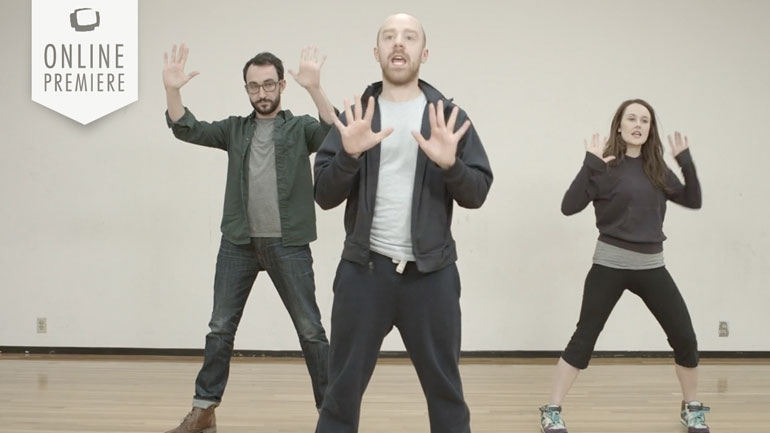DANCE is a silent film for the digital age about how technology has affected modern courtship rituals.
“Max”, our antihero, is paradoxically consumed by both self-centeredness and loneliness. Having ceded control of his social interactions to the perfectly curated world of his phone, he finds himself craving a meaningful relationship. Enter “Bliss”, an enigmatic beauty who is seemingly the perfect girl. Max falls for Bliss and a virtual cat-and-mouse chase ensues. But, as Max comes to realize that he’s chasing an illusion, he comes to question the influence of social media on his life. But his addictions — to his phone, and to Bliss — prove tough to break.
Directors Statement
With the advent of the digital age, the prospects of finding a mate have grown exponentially into the mobile device. It has become an inescapable wormhole, creating a new realm of connectivity, replacing verbal cues with written cues, creating noise, and disrupting the effectiveness of the message. A consequence of this is a shift in the way people engage with each other romantically.
DANCE analyzes modern courtship as well as the anxiety and pressures of social media that fuel a need to become more desirable. The film also aims to explore how social media influences our perception of self, the transparent battle between the ego and super ego, and the importance of feeding the algorithm with content.
During my research into the film, I discovered the work of German philosopher, author, and cultural theorist, Byung-Chul Han. Han discusses this modern dilemma and its effects on the interpersonal relationships of the “community” or public sphere in his book SWARM,
“Digital communication has made community — the we — deteriorate markedly. It is destroying the public sphere and heightening human isolation. It is not the percept “Love thy neighbor” but narcissism that governs digital communication. Digital technology does not represent a technology for “loving one’s neighbor as oneself.” On the contrary, it has proven to be a narcissistic ego machine. Nor is it a dialogical medium.”
(Han, Byung-Chul, pg 6, SWARM)It would seem that the more we camouflage our need to be connected on social media as just the “status quo” or “the future,” the less connected we become. Our obsession with consistently churning out curated content is a futile exercise in attempting to be relevant, attractive, and ‘branded.’
With the ‘next option’ constantly being served to us, be it a potential mate or a ‘better’ life on social media, we continually chase what’s in front of us instead of being content with what we have or who we are .
Bygun-Chul Han describes this as the Other:
“The crisis of love does not derive from too many others so much as from the erosion of the Other. This erosion is occurring in all spheres of life; its corollary is the mounting narcissification of the Self.”(Han, Byung-Chu, pg 18, AGE OF EROS)
The stakes of these consequences are not just individual, they affect the collective mind, the next generation where building a brand by selling an inauthentic self is valued, lucrative, and encouraged by the marketplace. If humanity is always looking into their reflection, drowning within their own narcissism, how will they learn about the other? How will they learn about selfesslessness, the community, or making a contribution?
DANCE explores the idea that the digital age is spawning a systemic nihilism driven by social media and the ability to curate and measure anything. It’s destroying the ability to be authentic and soon the noise will be too great, and we will lose the most important aspect of being human, to Love.



